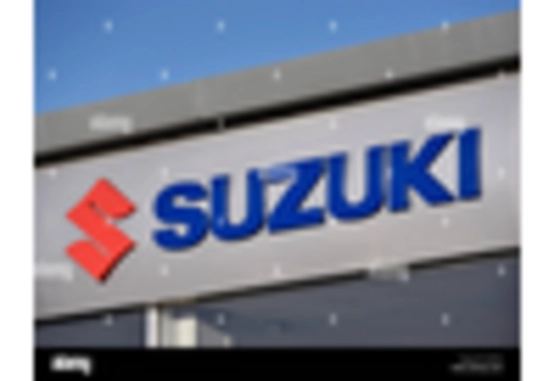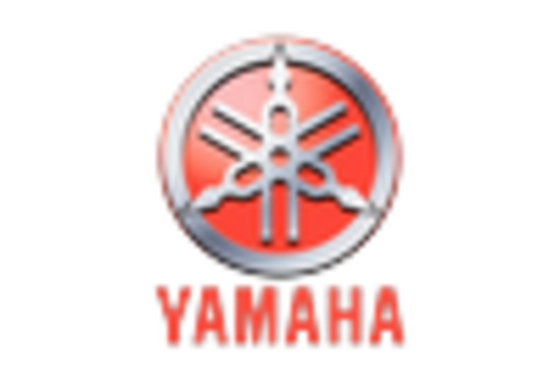Expansion of Marine Tourism
The expansion of marine tourism is emerging as a crucial driver for the Outboard Boats Market. As travel preferences shift towards experiential and adventure-based activities, more tourists are seeking opportunities to explore coastal and inland waterways. This trend has led to an increase in boat rental services and guided tours, which often utilize outboard boats for their versatility and ease of use. Data suggests that regions with robust marine tourism infrastructure are witnessing a surge in demand for outboard boats, as they are favored for their ability to navigate various water conditions. Consequently, the Outboard Boats Market stands to benefit from this trend, as tourism operators and recreational businesses invest in outboard boats to meet the needs of their clientele, thereby driving sales and market growth.
Increasing Demand for Fishing Boats
The rising interest in fishing as a recreational activity is contributing to the growth of the Outboard Boats Market. Fishing enthusiasts are increasingly seeking specialized outboard boats designed for fishing purposes, which often feature enhanced stability, storage, and fishing gear compatibility. Market data indicates that a significant portion of outboard boat sales is attributed to fishing boats, reflecting the strong correlation between fishing activities and outboard boat ownership. This trend is further supported by the proliferation of fishing tournaments and events, which encourage participation and investment in fishing-related equipment. As the demand for fishing boats continues to rise, manufacturers in the Outboard Boats Market may need to focus on developing innovative designs and features that cater specifically to the needs of anglers, thereby capitalizing on this growing segment.
Rising Recreational Boating Activities
The increasing popularity of recreational boating activities appears to be a primary driver for the Outboard Boats Market. As more individuals seek leisure activities on water, the demand for outboard boats is likely to rise. According to recent data, the number of registered recreational boats has shown a steady increase, indicating a growing interest in boating as a pastime. This trend is further supported by the expansion of marinas and boat rental services, which facilitate access to boating experiences. The Outboard Boats Market is poised to benefit from this surge in recreational boating, as consumers are more inclined to invest in outboard boats for personal use, family outings, and social gatherings on the water. Consequently, manufacturers may need to adapt their offerings to cater to this expanding consumer base.
Technological Innovations in Outboard Motors
Technological advancements in outboard motors are significantly influencing the Outboard Boats Market. Innovations such as fuel-efficient engines, electric outboard motors, and advanced navigation systems are becoming increasingly prevalent. These developments not only enhance the performance and reliability of outboard boats but also align with the growing consumer demand for eco-friendly options. For instance, the introduction of electric outboard motors has the potential to reduce emissions and operating costs, appealing to environmentally conscious consumers. Furthermore, the integration of smart technology in outboard motors, such as GPS and automated systems, enhances user experience and safety. As these technologies continue to evolve, they are likely to drive growth in the Outboard Boats Market, attracting both new and seasoned boaters who seek modern and efficient boating solutions.
Growing Interest in Sustainable Boating Practices
The growing interest in sustainable boating practices is likely to influence the Outboard Boats Market positively. As environmental awareness increases, consumers are becoming more conscious of their boating choices, favoring options that minimize ecological impact. This shift is prompting manufacturers to explore sustainable materials and eco-friendly technologies in the production of outboard boats. For instance, the development of biodegradable components and energy-efficient engines aligns with consumer preferences for sustainable products. Additionally, initiatives promoting responsible boating practices are gaining traction, encouraging boaters to adopt environmentally friendly habits. As sustainability becomes a key consideration for consumers, the Outboard Boats Market may experience a shift in demand towards products that reflect these values, potentially reshaping the competitive landscape.


















Leave a Comment